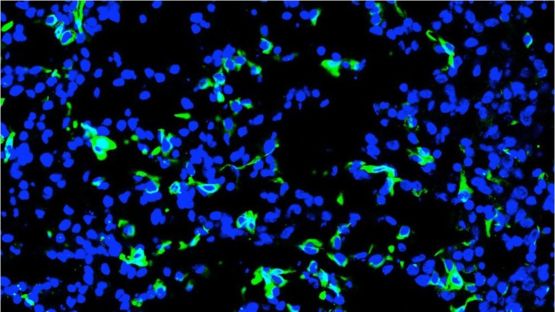Embryos that are less than 0.001% human – and the rest pig – have been made and analysed by scientists. It is the first proof chimeras…can be made by combining material from humans and animals.
…
The process appears very inefficient – of the 2,075 embryos implanted only 186 continued to develop up to the 28-day stage.
But crucially there were signs that human cells were functioning – albeit as a tiny fraction of the total tissue – as part of a human-pig chimera.
…
[I]n the meantime the Salk researchers argue that making chimeras with more human tissue could be useful for:- screening drugs before human trials
- studying the onset of human diseases
- understanding the earliest stages of human embryo development.
- explaining differences between organs in different species

Although in the long term, cows look likely to be a better host for human organs [than pigs] as both cow and human pregnancies last about nine months.
…
“When the public hears the world chimera it is always associated with Greek mythology, there is always this associated fear. But angels are chimeras, it can be a positive image and hopefully help with a worldwide shortage of organs, not create a monster,” [said Dr. Jun Wu, part of the research team].

The GLP aggregated and excerpted this blog/article to reflect the diversity of news, opinion, and analysis. Read full, original post: Human-pig ‘chimera embryos’ detailed































